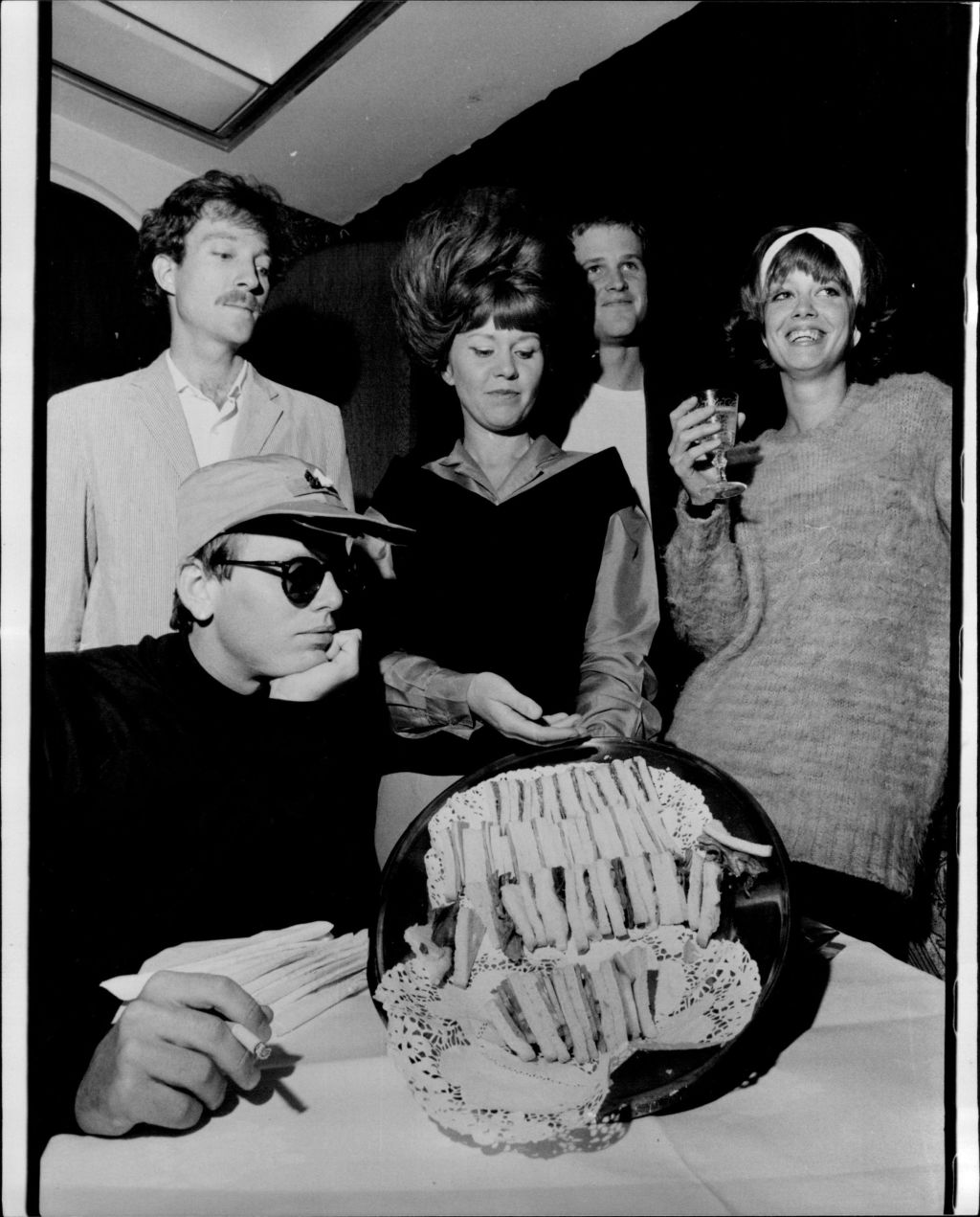
Don’t Toss Those Potato Peels, Turn Them Into The Perfect Thickener – The Daily Meal
While some may like a little extra texture in their mashed potatoes, others prefer to completely remove the skins before mashing up the spuds, making for a creamier side dish. If you’re pro-peeling, you’re likely leftover with quite a few scraps once the prep is done. Fortunately, there’s an easy way to reuse those potato peels without letting any go to waste in the garbage (and never the garbage disposal).
Once your potatoes are peeled and boiling on the stovetop, it’s time to dehydrate the leftover pile of peels and turn them into potato powder, which can be useful in a few different recipes. Drying out the potato peels will leave them crispy and crunchy, and it will be easy to grind them down into a powder afterward.
If you have a dehydrator, that’s the easiest way to suck the moisture out of the potato peels. The peels should be sliced up and placed in the bottom of the dehydrator, then left to dry out for around twelve hours (or longer if you find they’re not completely dried out when it’s time to remove them) at about 120 degrees Fahrenheit. Though it may seem like a super long time, the starch in potatoes retains moisture, so the potatoes will need some extra effort to remove it.
How to make potato powder
 Etiennevoss/Getty Images
Etiennevoss/Getty Images
Sans dehydrator, you can also spread the potato peels out on a baking tray, turn your oven to the lowest temperature it can go, and allow the potato peels to bake for six to eight hours. If you want to speed things up a little, the peels will generally dry out after about two to four hours at 225 degrees Fahrenheit.
Once the peels have been dried, it’s time to crush them into a powder. You could take a few peels at a time and grind them down using a mortar and pestle — this method will likely yield the finest powder once you’re finished. Using a blender or food processor will also yield a powder, too.
Alternatively, toss the dried peels into a plastic bag and roll a rolling pin over the peels inside the bag to crush them down into smaller pieces. This won’t give you the exact same fine, powdery consistency as the mortar and pestle, but the pieces will still be small enough for use in plenty of ways.
What do you do with potato powder?
 Al62/Getty Images
Al62/Getty Images
Potato powder (also known as potato flour) has quite a few different uses. One of its simplest uses is to sprinkle it into your liquid recipes. When making gravy (perhaps to pour over those mashed potatoes), you can sprinkle in a little bit of potato powder and whisk it through to thicken the sauce up a little more. This method works well for other savory sauces, too.
The powder will also thicken up soups or stews if you’re worried your broth is too watery. Making your soups a little thicker will make every bite taste just a little heartier, which can help you feel more full after your meal.
The powder can also be used to make potato bread — a fluffy, soft bread that can easily be swapped out for your store-bought sandwich slices. Some recipes use dried instant potato flakes or mashed potatoes themselves, but potato powder will work just as well.
The next time you peel some potatoes, don’t just throw the peels out — they could come in handy for future recipes.








































